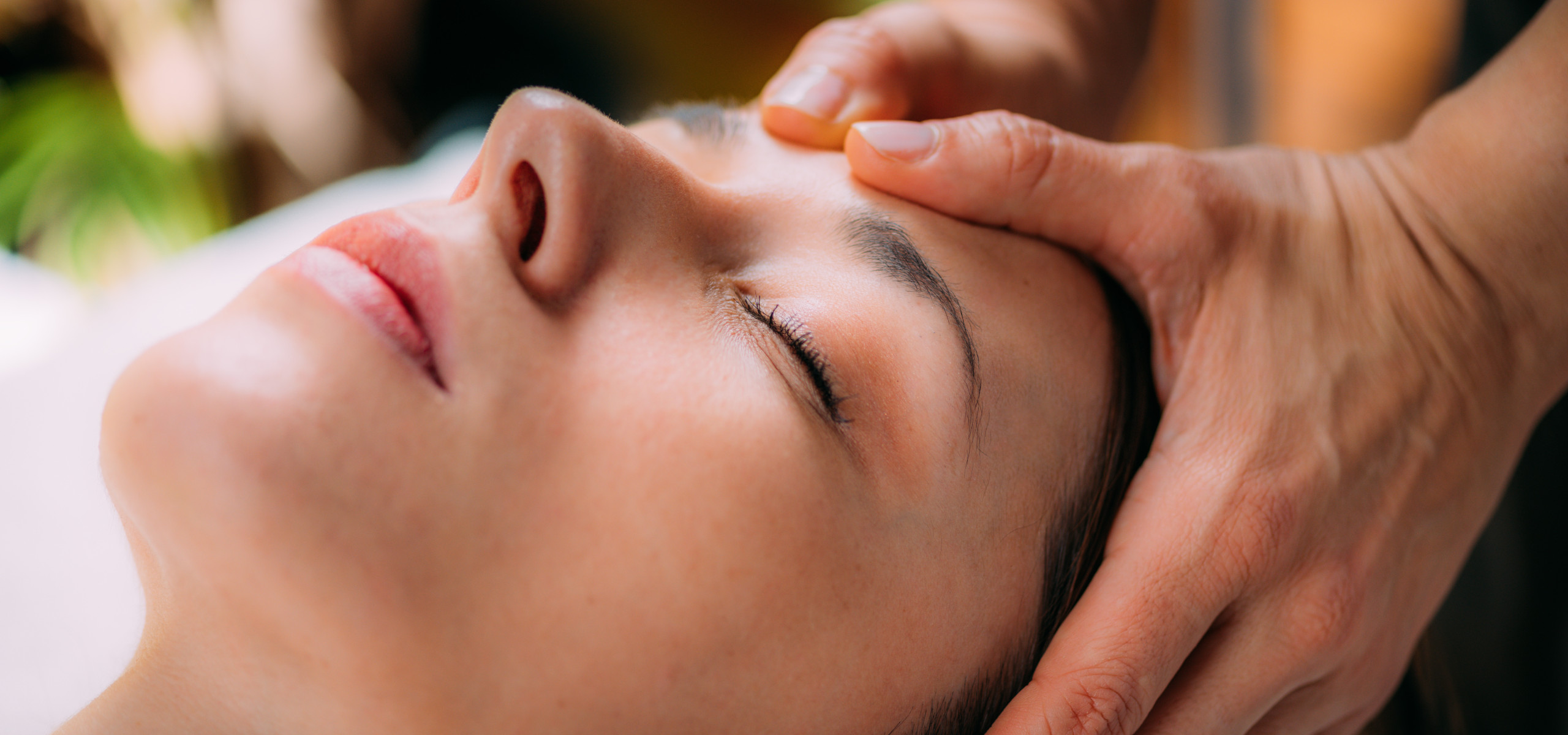About Massage Therapy
Massage therapy is one of the most popular treatments available today. It’s widely considered to be one of the most effective natural remedies in existence. Massage not only treats injuries and conditions but also prevents them by improving circulation and maintaining the optimum functioning of the muscular, nervous, circulatory, and lymphatic systems. In addition, massage therapy can help alleviate pain and stress, all while promoting feelings of deep relaxation. In the following article, we outline some of the most common applications of massage therapy and what to expect if you’re looking to incorporate massage into your regular routine.
How Massage Therapy Can Help With Pain and More
Massage therapy is a holistic treatment that involves applying pressure to the body to manipulate soft tissues. The goal of massage therapy is to relieve tension and pain in the body, reduce stress, improve sleep, improve immune function, and increase blood flow and lymphatic drainage. Below, we detail the many ways that massage therapy can support a holistic approach to wellness and pain management. Read on to learn how massage can benefit a variety of conditions and situations.
Improved Sleep
A good night’s sleep is essential for your physical and mental health. It allows the body to rest and rejuvenate, repairs damage from everyday wear and tear, and helps you to prepare for the next day.
With an improved sleeping pattern, you’ll feel more energized throughout the day. This can help increase productivity at work or school. It may also improve moods by reducing stress, anxiety, and depression. When paired with other treatments such as cognitive behavioral therapy or medication, massage therapy can provide extra benefits in treating sleep disorders like insomnia. It also supports more restful, high-quality sleep.
Reduced Stress and Anxiety
Stress and anxiety are common problems, and despite the fact that there are many ways to treat them, massage therapy is one of the most effective. It works by increasing blood flow and relaxing tense muscles, which can be beneficial for both physical and mental health. Massage can also help reduce stress by boosting your mood as it lowers your heart rate and blood pressure.
As you continue to work with your massage therapist over time, you’ll notice a reduction in both physical pain and emotional discomfort experienced during stressful situations. This may be due to decreased production of cortisol — a hormone associated with stress — after receiving massage therapy treatments on a regular basis.
Help With Headaches and Migraines
Massage therapy can help with headaches and migraines. It can help you alleviate common migraine triggers, which include sleep problems and stress. If you already have a headache or migraine, massage may reduce pain. Massage is also a way to manage the symptoms of chronic daily headaches. The Massage Therapy Journal reports that even a short, 30-minute massage can reduce headache pain.
Lower Blood Pressure
When you consider all of the benefits of massage therapy, it’s helpful to keep in mind that the most important aspect of massage is not necessarily the physical sensation itself; it’s what your mind interprets this experience as. When you receive a massage and begin to relax, your body releases endorphins (the chemicals responsible for feelings of euphoria), which can lower blood pressure and reduce stress levels.
Removal of Toxins
Massage therapy can help the lymphatic system to remove waste from the body. As part of your immune system, the lymphatic system employs a network of vessels that carry lymph fluid, which contains white blood cells and proteins. This fluid contains nutrients for your cells as well as toxins that need to be eliminated from your body.
When you have massage therapy, it helps stimulate your lymph nodes — the areas where waste is filtered out of your blood — to move more efficiently. Massage also increases blood flow around these nodes so that their work becomes easier and more effective for elimination purposes.
Why Massage Therapy
Massage therapy has been proven as an effective treatment for many people. Research suggests that massage therapy can reduce stress, ease anxiety, improve circulation and sleep quality, boost immune function, and help people recover from injury.
The benefits of massage therapy can be significant for those dealing with chronic pain. One approach to pain management is prescribed narcotics such as opioids, which can be addictive. The National Institute on Drug Abuse reports that as of 2020, an estimated 2.7 million U.S. people aged 12 or older had an opioid use disorder within the previous 12 months. Furthermore, between 8% and 12% of people who use opioids for pain management go on to develop an opioid addiction.
These alarming statistics should give anyone pause who might be considering using opioids for chronic pain. Research supports an integrative approach to pain management without the use of opioid pain medications. As such, medical professionals and patients alike are beginning to seek alternative methods to address pain, including the use of massage therapy, according to the American Massage Therapy Association.

What to Expect From Massage
A massage can promote healing and help reduce pain, but the full benefits may take some time to reveal themselves. The longer you receive massage therapy, however, the more benefits you will see.
Indeed, massage therapy is an incredible way to improve your health. By reducing stress and anxiety, improving your sleep, and helping you feel better overall. For many people, getting regular massages has become part of their weekly routine, helping them live healthier lives both now and in the long term. If you’re considering massage, book an appointment with a qualified professional to discuss your concerns. Together, you’ll be able to come up with a treatment plan to address your needs.


